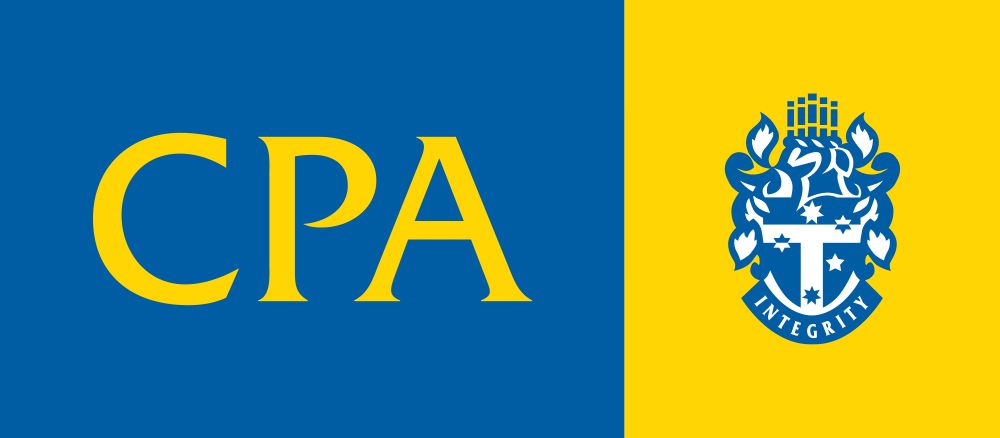Tax Planning – Strategies before 30 June 2025
With another financial year end approaching, we are turning our attention to tax planning season. We have listed below some things that may have changed from prior years, as well as some general strategies to consider.
Tax cuts from 1 July 2024
With tax cuts applying from 1 July 2024 this may present an opportunity to review and plan for upcoming decisions regarding trust distributions, payment of dividends and strategies such as contributing to superannuation.
The changes that apply from 1 July 2024 are:
- The bottom tax rate decreases from 19% to 16% for income in the range of $18,201 to $45,000.
- The 32.5% tax rate decreases to 30% for income in the range of $45,000 to $135,000
- The threshold above which the 37% tax rate applies increases from $120,000 to $135,000
- The threshold above which the top 45% tax rate applies increases from $180,000 to $190,000.
*Note that the above rates do not include the Medicare levy of 2%.
Maximise Super Contributions
From 1 July 2024, the general concessional contributions cap is $30,000 for all individuals regardless of age (previously $27,500).
Many people will also have unused contribution caps from prior years so this can provide a good opportunity for a good tax outcome whilst boosting your superannuation.
$20,000 Instant Asset Write-Off
As part of the 2024–25 federal budget the government announced it will extend the $20,000 instant asset write-off limit for a further 12 months until 30 June 2025.
Please note that this measure is not yet law. Under the measure, small businesses with an aggregated turnover of less than $10 million will be able to:
- deduct the cost of eligible depreciating assets costing less than $20,000 that are first used or installed ready for use between 1 July 2023 and 30 June 2025
- deduct the cost of additions for assets costing less than $20,000 (if an immediate deduction for an asset under the simplified depreciation rules in a prior income year where the amount is less than $20,000).
The proposed $20,000 threshold under the measures applies on a per asset basis, so small businesses can instantly write off multiple assets.
Review Bad Debts
Now is a great time for reviewing the debtor's list for your business and determining which of those won’t be able to be recovered, as writing off the unrecovered income as a bad debt prior to the end of the financial year will provide a tax deduction for the 2025 financial year.
Please note that the debt must be genuinely bad, and not merely doubtful, and the decision to write off the debt must be made in writing before the end of the financial year to claim the deduction.
We are currently scheduling tax planning and meetings for the upcoming months, so if you want to discuss strategies and review your affairs,
please contact our team.




